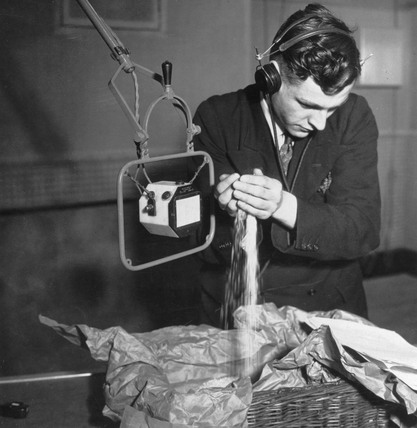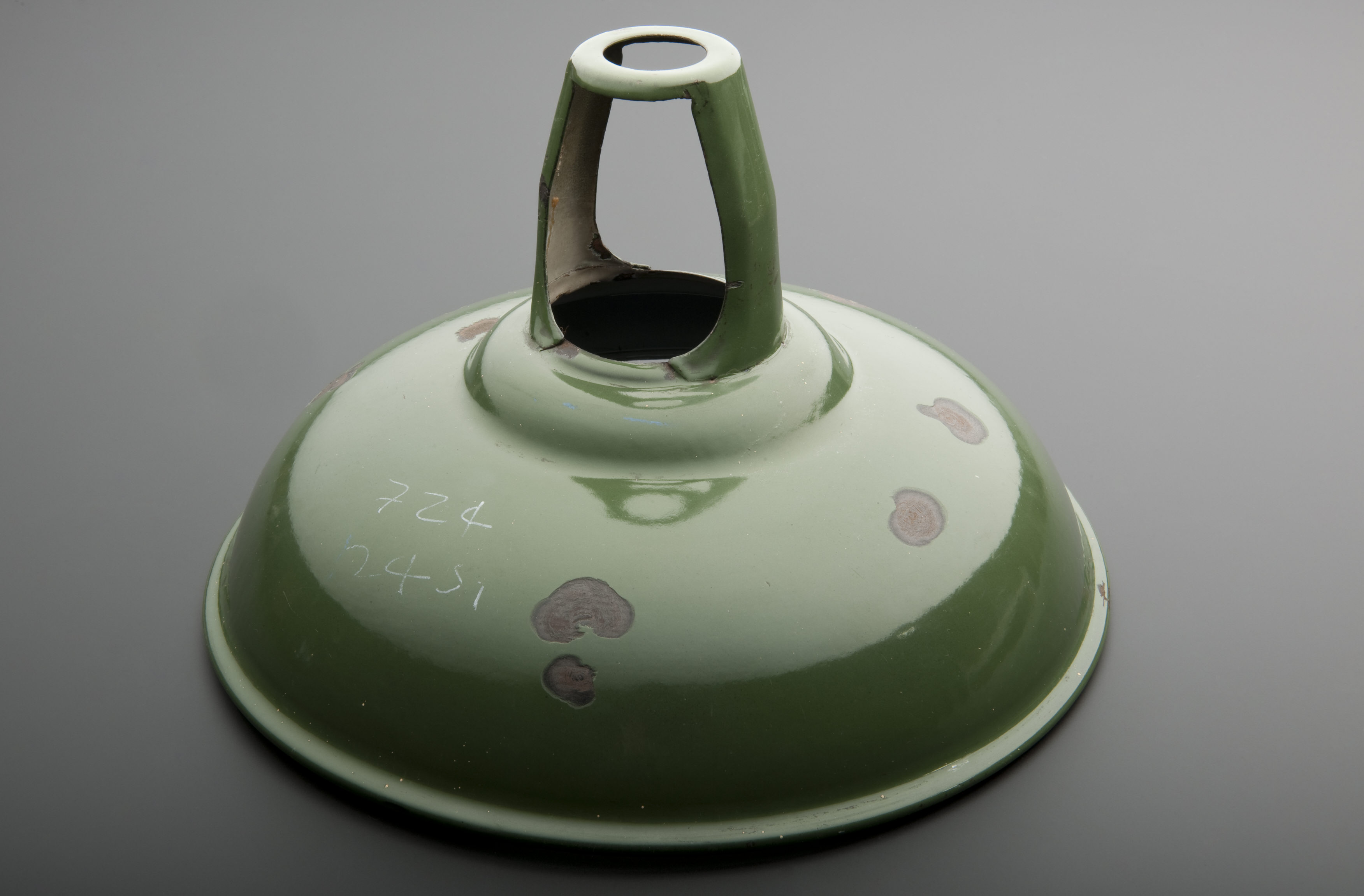This artice was written by Ellie West-Thomas, Research Assistant for Electronic Music
Fourteen years ago the BBC Radiophonic Workshop, who created innovative music and techniques that made it one of the most significant influences on electronic music today, closed its doors for the last time. Maida Vale Studios, the home to the workshop, was a place once filled by people brimming with ideas that changed the course of Electronic Music.
The Workshop was set up to satisfy the growing demand in the late 1950s for “radiophonic” sounds from a group of producers and studio managers at the BBC, including Daphne Oram.
For some time there had been much interest in producing innovative music and sounds to go with the pioneering programming of the era. Much of The Radiophonic Workshop’s early work was in effects for radio, in particular experimental drama and “radiophonic poems”.
New sounds were created using recordings of everyday sounds such as voices, bells or even gravel as the raw materials for “radiophonic” manipulations. In these manipulations, audio tape could be played back at different speeds (altering a sound’s pitch), reversed, cut and joined, or processed using reverb or equalisation.

Perhaps the most significant recording in Radiophonic Workshop history came in 1963 when they were approached by composer Ron Grainer to record a theme tune for an upcoming BBC television series called Doctor Who. Presented with the task of “realising” Grainer’s score, complete with its descriptions of “sweeps”, “swoops”, “wind clouds” and “wind bubbles”, it has become one of television’s most recognisable themes. Delia Derbyshire created it by using a plucked string, 12 oscillators and a lot of tape manipulation.
The sound of the TARDIS materialising and dematerialising was made in an even less conventional way. It was created by running keys along the rusty bass strings of a broken piano, with the recording slowed down to make an even lower sound. It may not sound like it but look back at some old Who and see if you can hear those keys. Why not try it yourself – grab your house keys and take them to some rusty strings of a piano.
On display in The Oramics to Electronica Exhibition are some of the objects used by the BBC Radiophonic Workshop to create sounds. Here is an example.
This lamp shade was used by Delia Derbyshire as a sound source for ‘Blue Veils & Golden Sands’ in 1967.
For a more contemporary performance, here’s a link to Coldcut who performed classical compositions at the Electric Proms in 2008, in an evening which was devoted to the Workshop.
One comment on “The Closure Of The BBC Radiophonic Workshop”
Comments are closed.

The picture shown above is not, to my knowledge of the Workshop, although it certainly is at the BBC!